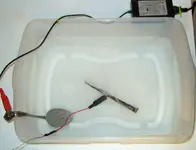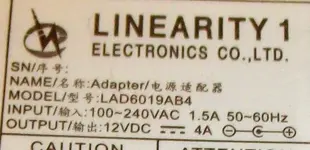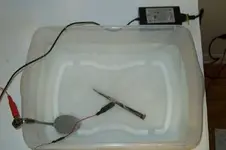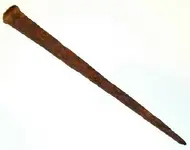There is a possibility that having a setup with too much current flow could damage a coin. The electrolytic action is based on the good material lifting off of the surface of the coin / object and carrying the "crud" with it. Once most, if not all, of the crud is flaked off the procedure should be stopped. A lot of folks believe that a coin should not be cleaned beyond the point of readability. Once it can be clearly "read", stop cleaning. There is a fine line between "cleaning" and "damaging" and that line is determined by each collector. It's better to leave a collectable coin dirty than to over-clean. Valuable "key" coins are checked out with magnifying lopes by buyers who are looking for scratches made by improper cleaning. Serious coin collectors take that stuff into account and will actually assign lower values due to botched cleaning. Really high value coins are photographed for insurance purposes and all scratches / nicks are used as fingerprints to identify each coin if they are ever stolen.






 ). I've read where folks putting large metal items (cannons, etc) use battery chargers and transformers designed for electrified cattle fences for power sources. But, as I suggested before, you'd get better results by using a deeper amount off fluid than what's shown in your photo. And, before I forget; when I said my fluid mix was of water and salt, I wasn't saying baking soda doesn't work as good. Many people use baking soda. When I started out, I used table salt and just haven't changed over.
). I've read where folks putting large metal items (cannons, etc) use battery chargers and transformers designed for electrified cattle fences for power sources. But, as I suggested before, you'd get better results by using a deeper amount off fluid than what's shown in your photo. And, before I forget; when I said my fluid mix was of water and salt, I wasn't saying baking soda doesn't work as good. Many people use baking soda. When I started out, I used table salt and just haven't changed over.


